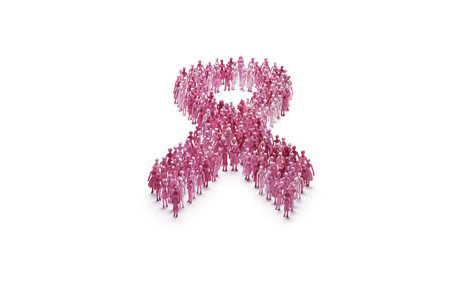Except for skin cancers, breast cancer stands as one of the most prominent risks that American women have to face throughout their life. According to the Centers for Disease Control and Prevention (CDC) and the U.S. Cancer Statistics Working Group, 220,097 women were diagnosed with breast cancer in 2011. Approximately 40,000 women die of breast cancer every year. However, within both diagnostic and mortality statistics, several inconsistencies arise in regards to Caucasian and African American women.
Whether due to biological or socioeconomic factors, statistics show that mortality rates among African American women are higher even though African American women account for fewer new cases of breast cancer. Fortunately, by understanding the nature of breast cancer across racial and ethnic divides, minority populations can decrease potential risks for late-stage, advanced breast cancer.
Gaps in Breast Cancer between Caucasian and African American Women
When looking at the numbers, the differences in breast cancer between Caucasian and African-American women is quite astounding. The most striking difference is that the mortality rate among African American women is forty-one percent higher than that of Caucasian women. Several studies also show that when some African American women receive an abnormal mammography result, their cancer has already evolved to a late-stage, aggressive formation that has begun to spread to other parts of the body.
According to the CDC and the National Surgical Adjuvant Breast and Bowel Project (NSABP), this grave disparity does not solely come from either biological or socioeconomic reasons, but from a combination of both.
Possible Links to Biological Differences
Historically, African American women are prone to more aggressive types of breast cancer tumors, which has led researchers and those who have adopted the concept of population-focused care to believe that biological traits help explain the rapid, aggressive growth of the primary tumor in African American breast cancer patients. In fact, the Center for Cancer Research at the National Cancer Institute has discovered fundamental differences in the characteristics of the primary tumor between Caucasian and African American women. Differences in primary tumor behavior between African American and Caucasian women are visible in the following tumor characteristics:
- Steroid receptor content
- Growth factor receptor content
- Cell cycle component mutations
- Chromosomal abnormalities
- Tumor suppressors
Non-Biological Differences
Although researchers at the American Cancer Society, CDC, and NSABP agree that the higher mortality rate in African American women comes from inherent genetic and biological traits, these groups tend to place more attention and emphasis on non-biological factors. According to the Center for Cancer Research, it is the non-biological factors that act directly to either influence or inhibit the various consequences associated with primary tumor growth.
The most significant contributor to the inconsistencies in mortality rates between Caucasian and African American women is routine mammogram screenings. Without health insurance, easy access to a reliable and trustworthy health care provider, and education regarding the importance of routine mammogram screenings, thousands of African-American women find themselves unable to properly receive mammogram screenings at least once every two years.
Breast Cancer Prevention and Early Onset Detection
Like with most types of cancers, cancer scientists and researchers have not discovered conclusive methods of breast cancer prevention. However, by focusing on the socioeconomic factors that play a significant role in higher mortality rates among African American women, the CDC and the American Cancer Society believe they can increase survival rates and minimize these gaps between Caucasian and African American women.
Breast Cancer Resources for Minorities
Fortunately, there are many groups within the United States and U.S. territories that seek to combat the socioeconomic differences and provide underserved women with mammogram screenings, proper follow-up care, and breast cancer education. For example, the CDC’s own National Breast and Cervical Cancer Early Detection Program (NBCCEDP) provides health care access to women in all 50 states, the U.S. territories, and among 11 tribes.
Other breast cancer resources that minority populations and underserved women should take advantage of include:
- The African American Breast Cancer Alliance
- The Sisters Network
- The Susan G. Komen Foundation
- Planned Parenthood, and
- The Black Women’s Health Imperative
However, there are many others. A good resource for information on where women can acquire a mammogram screening and get in touch with one of these organizations is often a local church, or even a trusted family member or friend. The most important thing to remember is no woman is alone in the fight against breast cancer. All she needs to do is ask.
- Lung Cancer Awareness - November 20, 2014
- Breast Cancer in Minority Populations: Resources for African American Women - October 27, 2014
- School Nurses Adapting to Modern Needs - February 3, 2014



